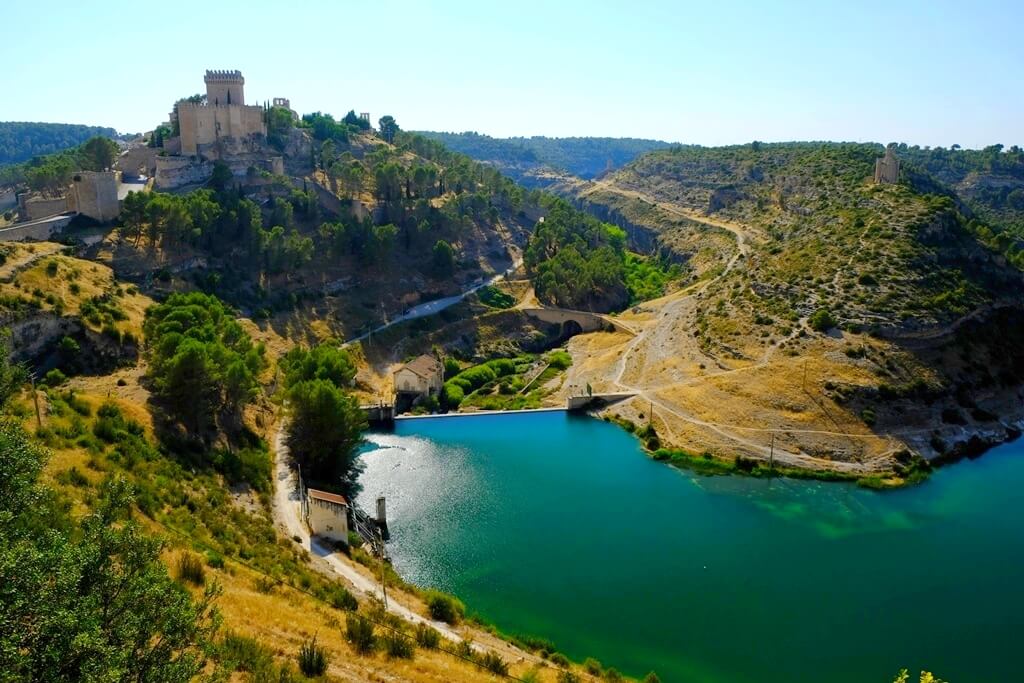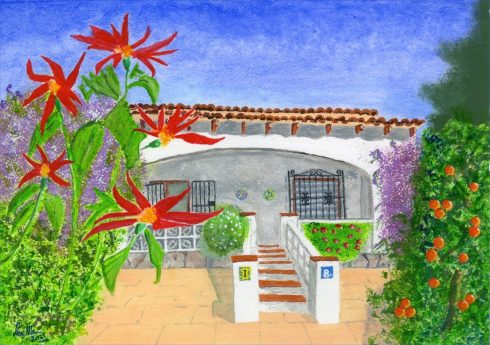IF history fascinates you and you’re curious to discover what has happened within old city walls over the centuries, then the Olive Press has handpicked 10 of the most beautiful walled towns and cities in Spain.
Throughout the centuries, the country has been the stage of many clashes between civilisations which has led to many cities being born as fortified strongholds.
These medieval walls have served as defence barriers and examples of historically significant architecture where today, some still encompass thriving communities.
Ciudad Rodrigo, Salamanca
Built in the 12th century, the Ciudad Rodrigo wall served to protect the border between Spain and Portugal. After the sieges of the 17th and 18th centuries, the walls were restored and modernised and now stretch two kilometres in length.

Dalt Vila, Ibiza
Declared as World Heritage Site by UNESCO, Dalt Vila was founded by the Phoenicians and once considered as one of the most important coastal cities in the Mediterranean. Its Renaissance defensive walls were ordered to be built by Kings Charles I to defend against the French and the Ottomans.

Alarcón, Cuenca
Throughout its history, Alarcon was occupied by both Romans and Visigoths, but it was not until the arrival of the Arabs that its fortress was built on the banks of the Jucar River which remains almost perfectly preserved today.

Buitrago de Lozoya, Madrid
As one of the most sought after destinations in the country, Buitrago de Lozoya’s impressive wall was built in the 11th century and completed by a Gothic-Mudejar castle in the 15th century. It now stands as one of the best preserved medieval architectural complexes in the Community of Madrid.
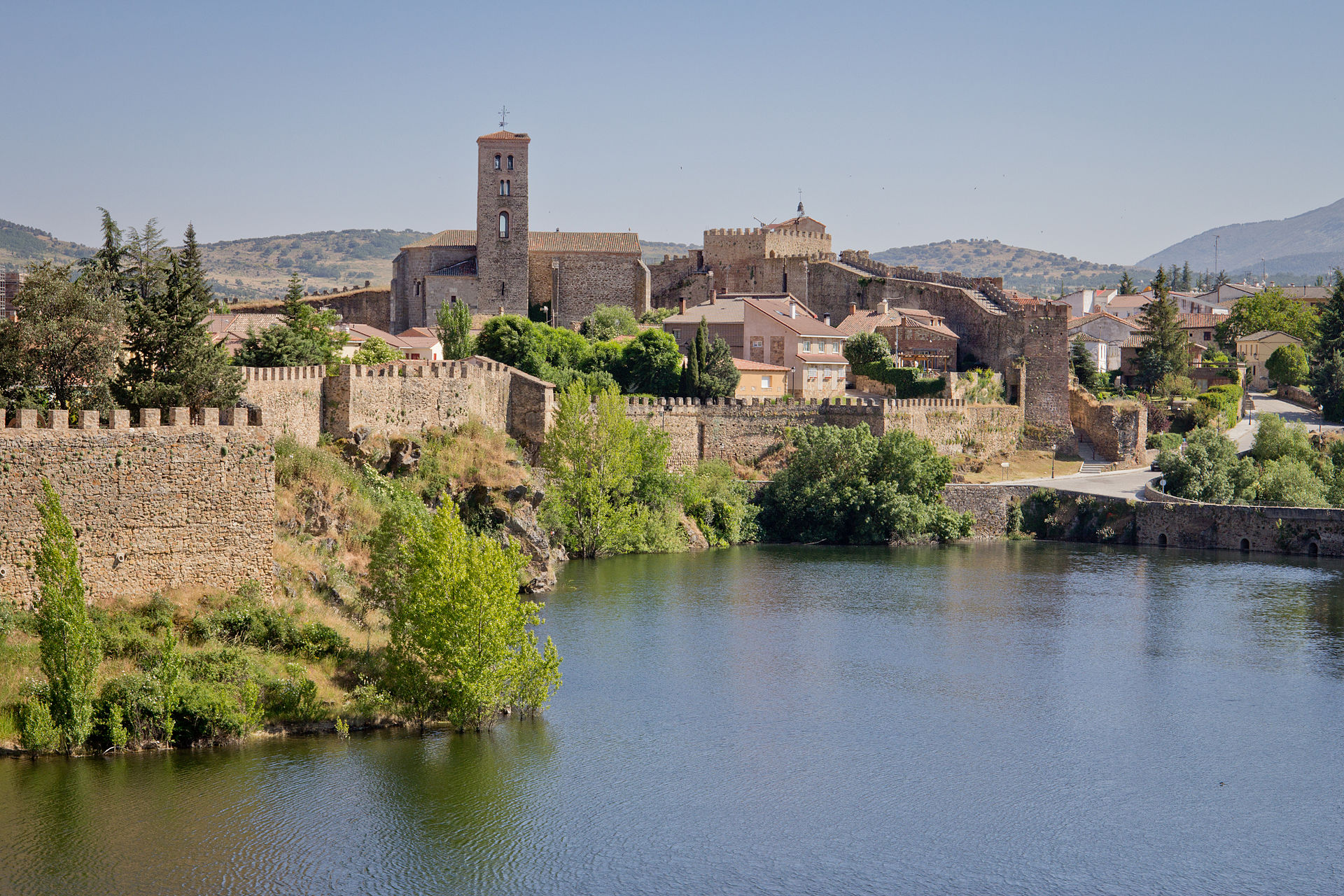
Castellar de La Frontera, Cádiz
Located within the Parque Natural de Los Alcornocales next to a reservoir formed by the Guadarranque River, Castellar de La Frontera’s wall was built in the 13th century in order to protect the Taifa kingdom of Algeciras.
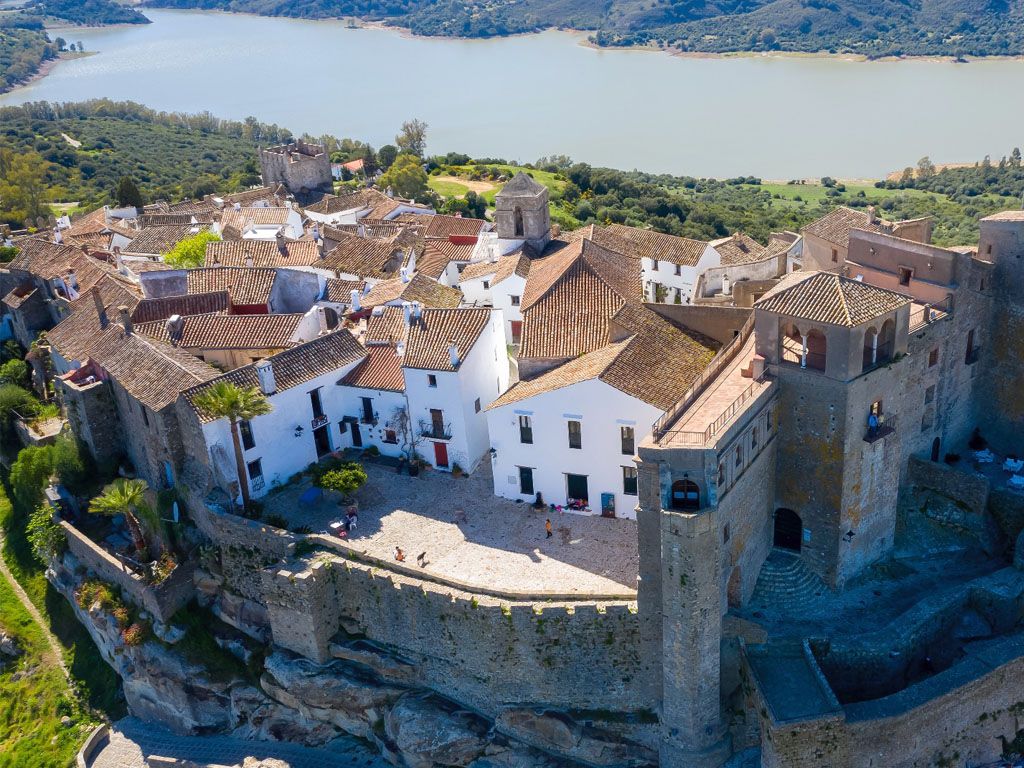
Urueña, Valladolid
Just a two-hour drive northwest from Madrid lies Urueña, a beautiful town surrounded by vast plains in the region of Castilla y León. In recent years, it has transformed itself into a Villa del Libro – a village that celebrates books.

Granadilla, Cáceres
Established in the 9th century, this beautiful walled town has been completely uninhabited for the past 60 years after the Spanish government chose to build a reservoir nearby, forcing its inhabitants to move elsewhere. In 1980 it was declared a Historical and Artistic Site of Importance, allowing much needed renovations to get under way.
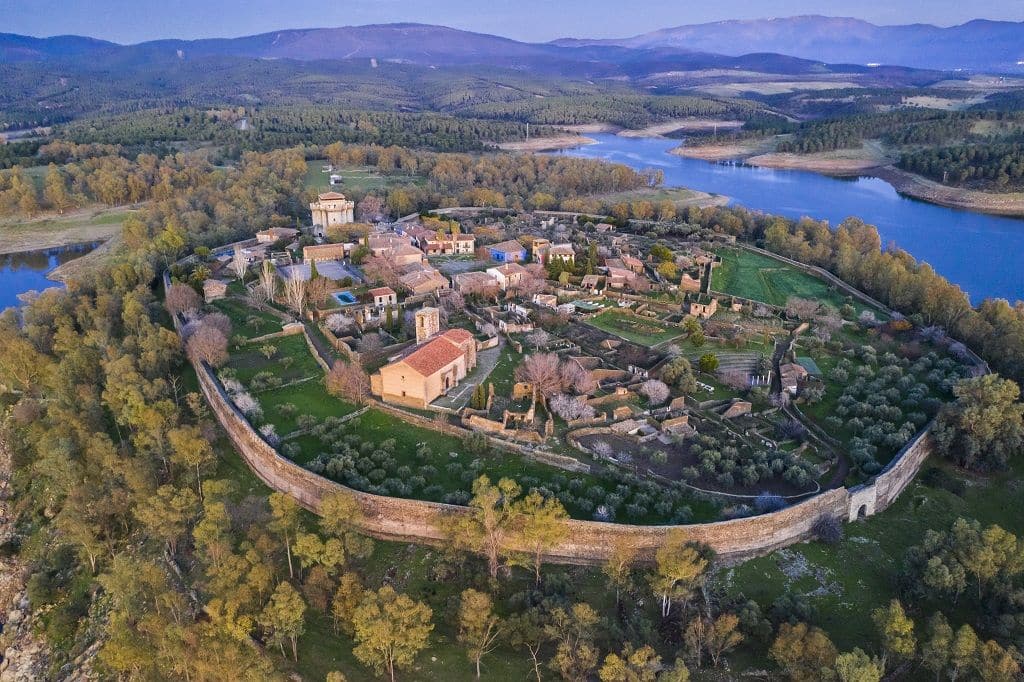
Laguardia, Álava
Founded in the 10th century as a defence for the Kingdom of Navarre, Laguardia’s medieval layout has remained almost entirely intact. As well as the fortified churches of San Juan Bautista and Santa María de los Reyes, visitors will find a mixture of medieval, Renaissance, Baroque and Neoclassical buildings within the town.

Besalú, Girona
Besalú is a beautifully preserved small town in Garrotxa that lies between the Pyrenees and the Costa Brava and once the capital of an independent state. The town’s most prominent feature is its 12th-century Romanesque bridge over the Fluvià river, which features a gateway at its midpoint.

READ MORE:
- HIDDEN GEMS: Ten of the most unusual museums in Spain
- 10 cities in Spain where you will find the best free tapas scene
- Sevilla: Guide to visiting Spain’s most romantic city
Click here to read more Olive Press Travel News from The Olive Press.

